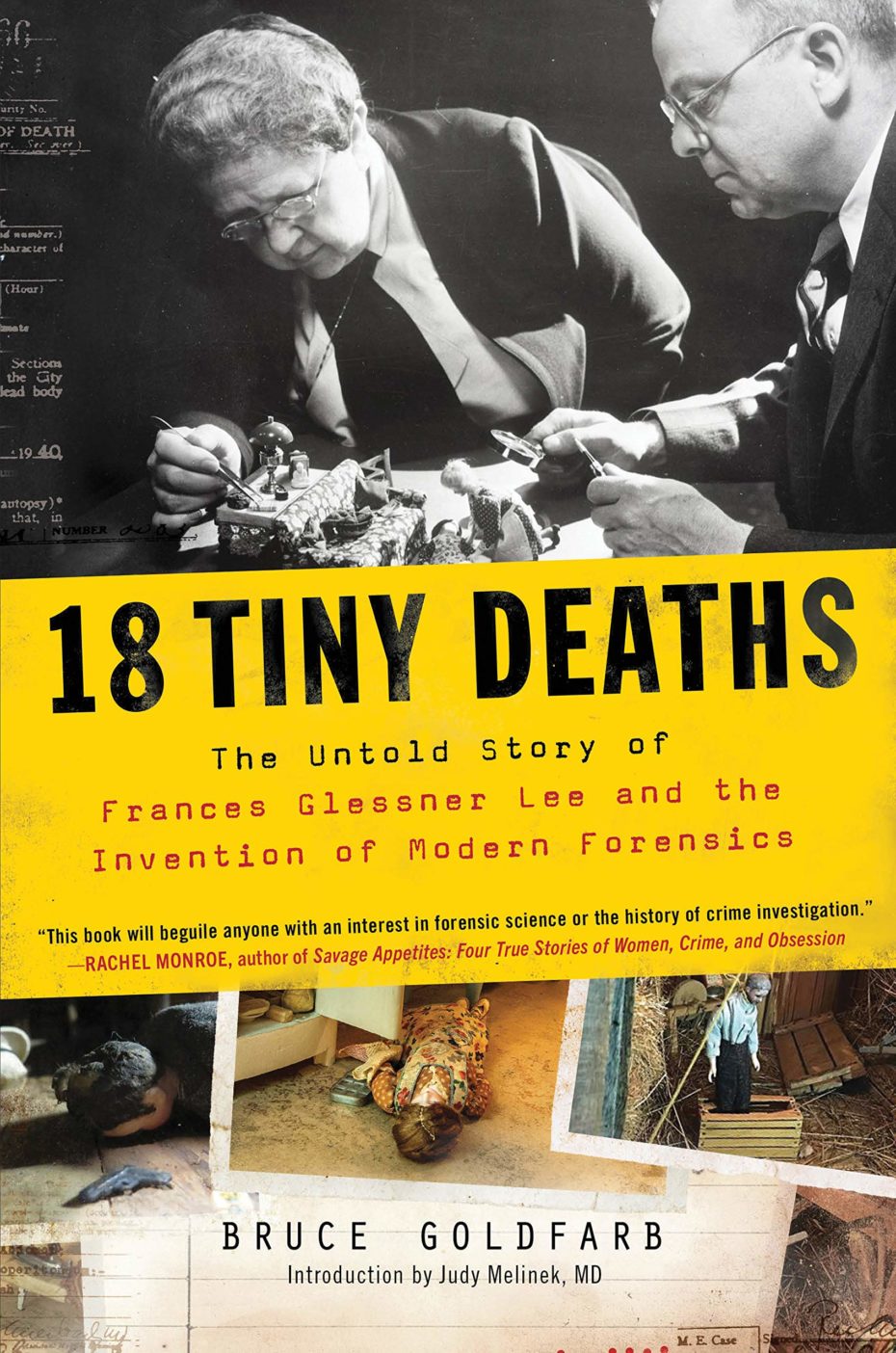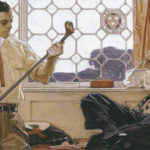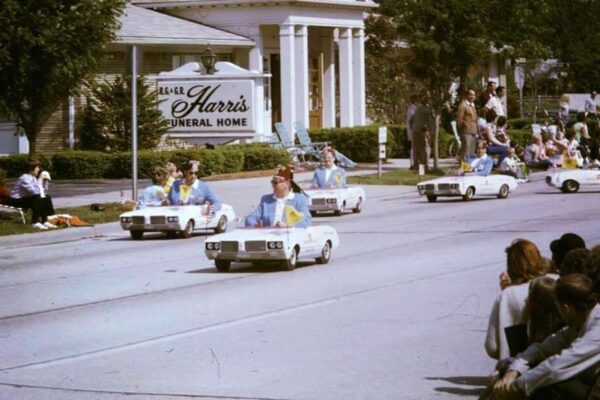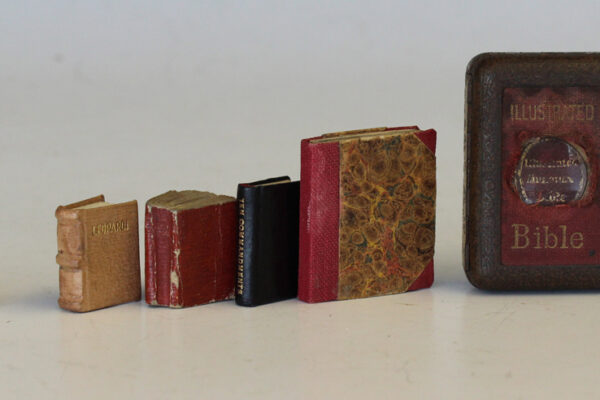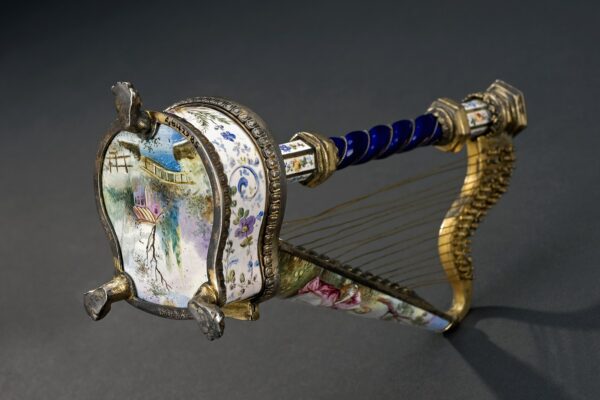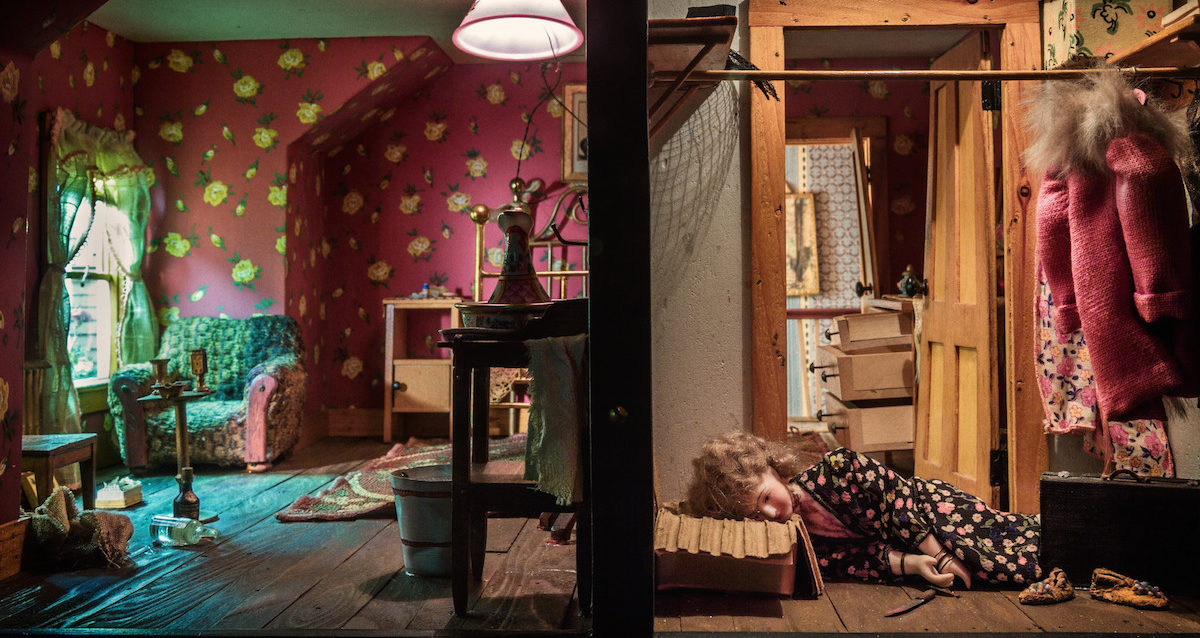
I always found the game of Cluedo fell a bit flat. I wanted more from the murder mansion’s one-dimensional floor plan, and really, how were we ever supposed to solve crime with a cast of suspects crafted into tiny plastic tokens? But it turns out, around the very same time that the iconic American board game was being developed in the 1940s, forensics detectives were being trained for real crime scene investigation in a similar, miniaturised fashion, with the help of a special collection of dollhouses.
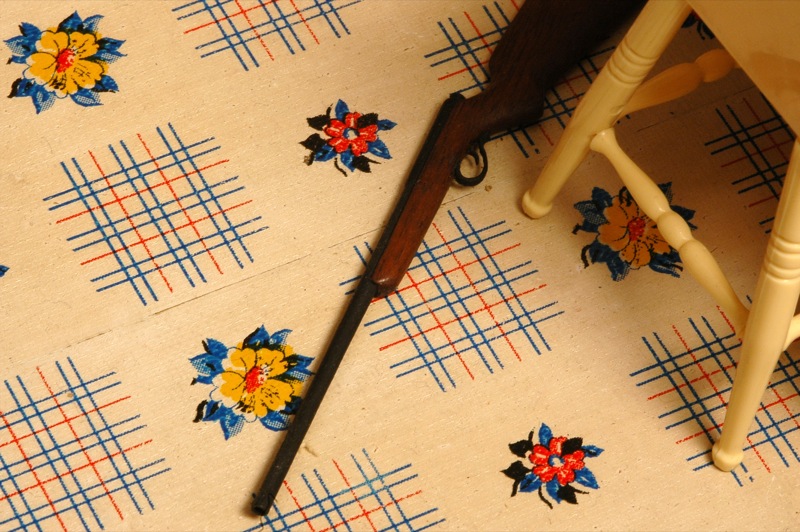
Frances Glessner Lee, also known as “the mother of forensic science” crafted a series of perfectly proportioned dioramas that turned children’s dollhouses into macabre nightmares – all in the name of science. Going into far more gory detail than your average Cluedo game, Lee’s miniature crime scenes were part of a department of legal medicine that she established at Harvard University in 1945. The department was called the Nutshell Studies of Unexplained Death, named after the principles of forensic investigation, “to convict the guilty, clear the innocent, and find the truth in a nutshell.”
Bruce Goldfarb is the curator of the Nutshell Studies and wrote a book, 18 Tiny Deaths: The Untold Story of Frances Glessner Lee and the Invention of Modern Forensics. We also got an exclusive close-up inside the archives for an incredibly rare show & tell, which you can re-watch here in our Keyholder’s Video Library.
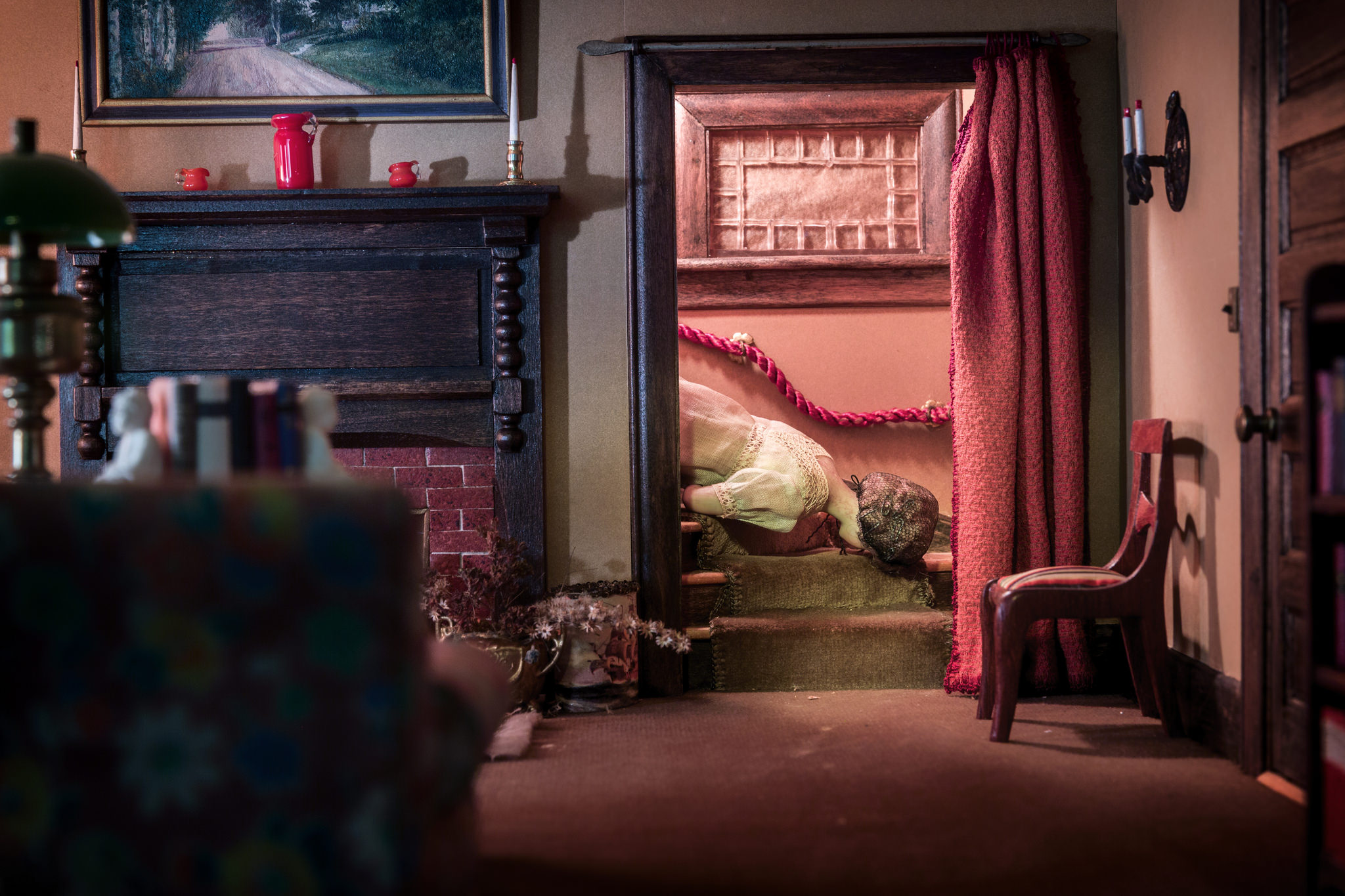
At a time when forensic science was still in its infancy, Lee was hosting week-long seminars and lectures in homicide investigation for law enforcement’s finest, inviting detectives, prosecutors and investigators from around the world to study 20 intricately designed dollhouse dioramas based on true crime scenes and autopsies she had visited.
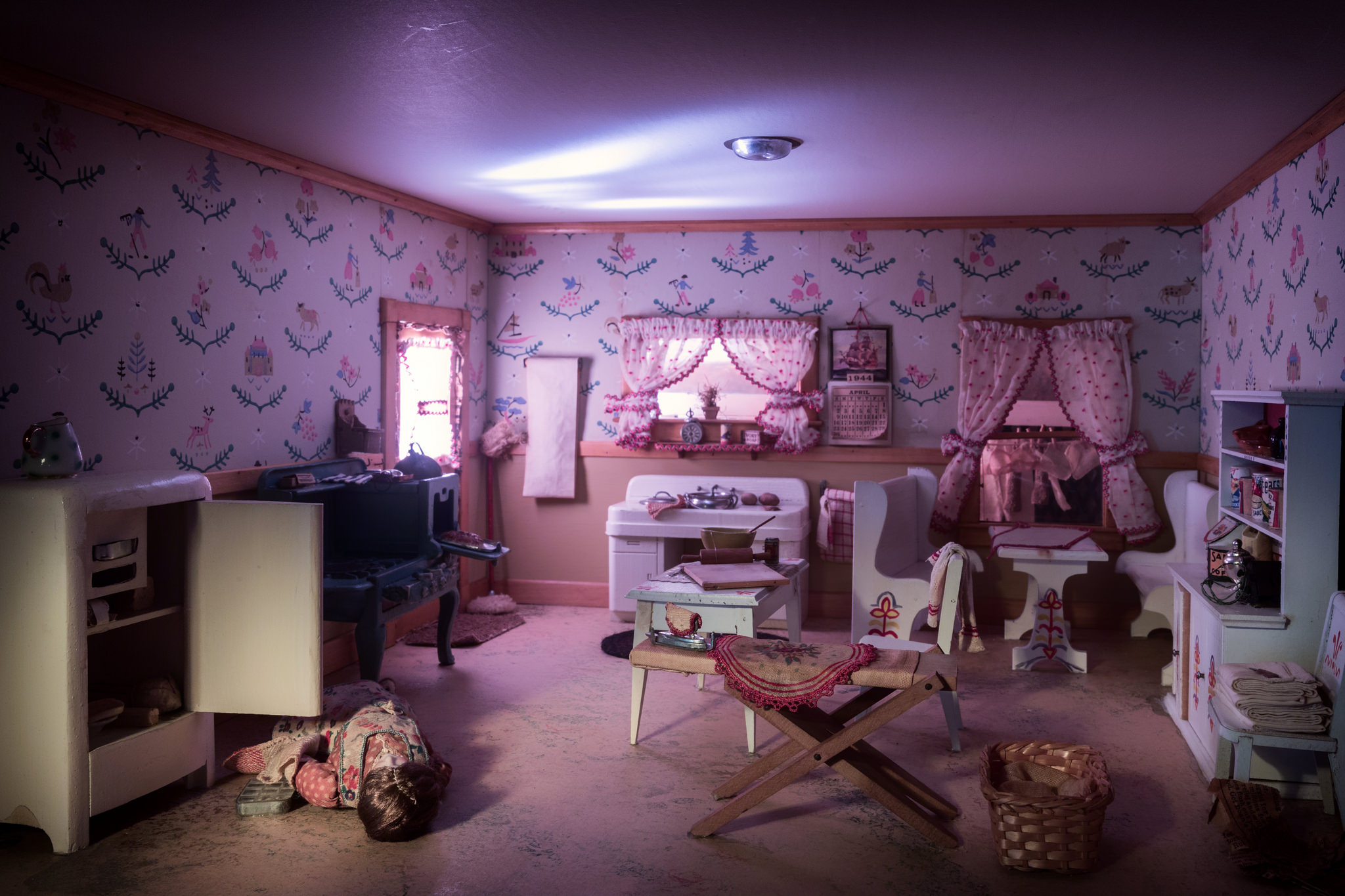
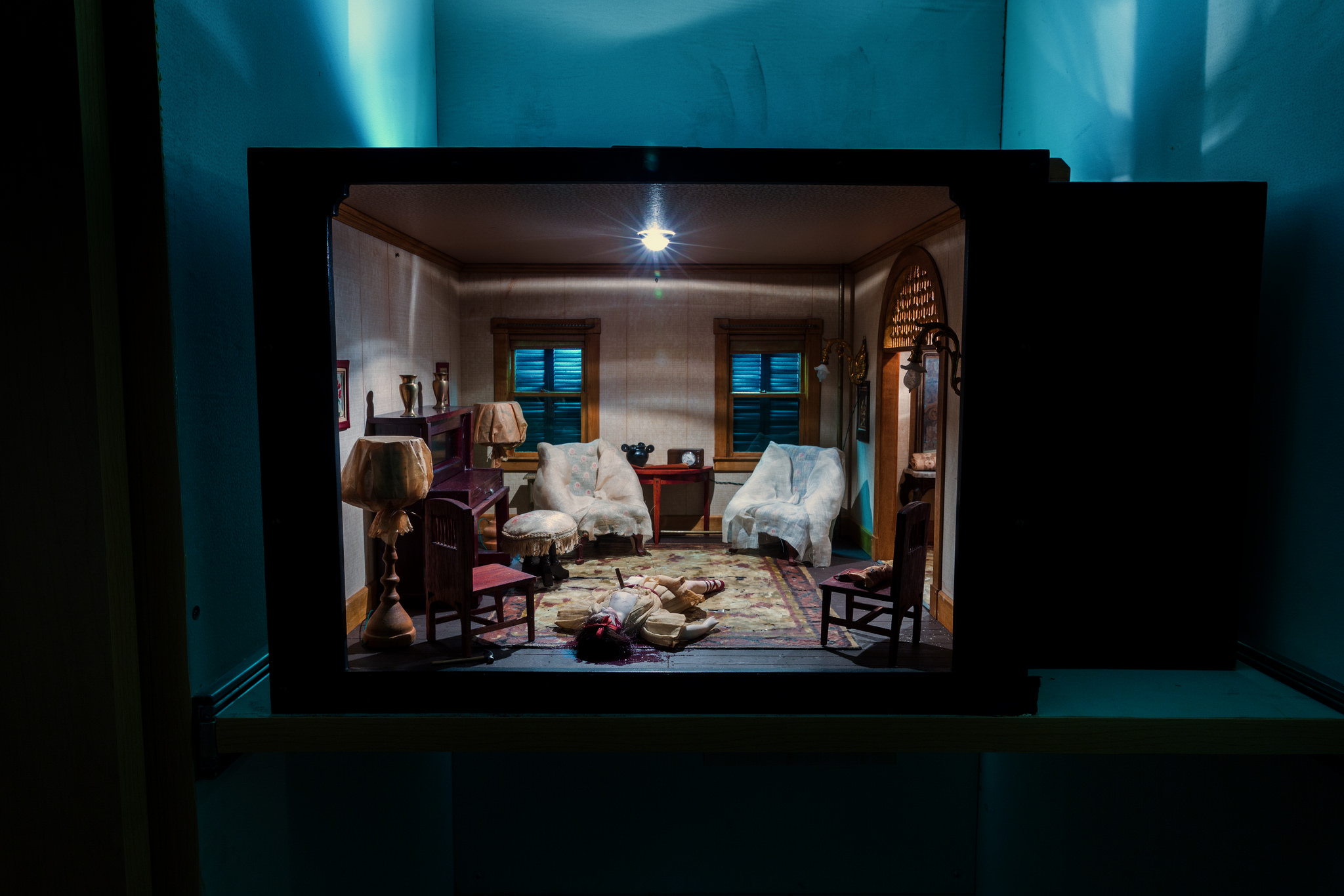
Armed with magnifying glasses and flashlights, students were given 90 minutes to study each scene and tasked with collecting all the relevant evidence.
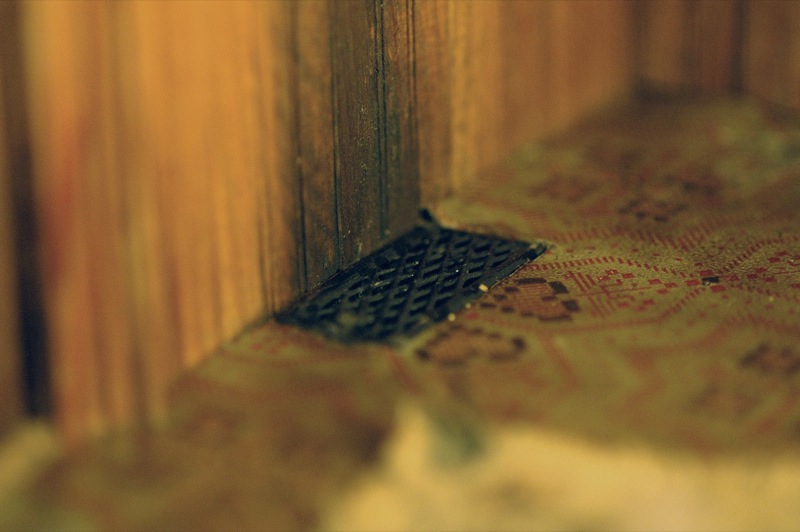
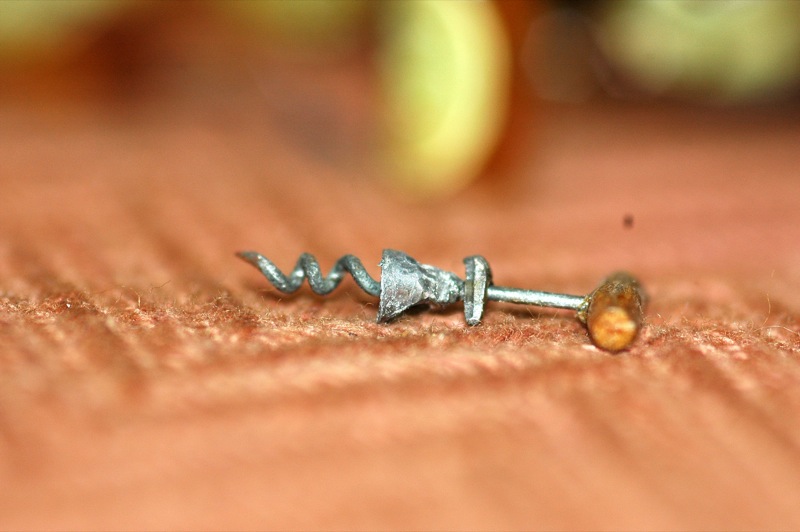
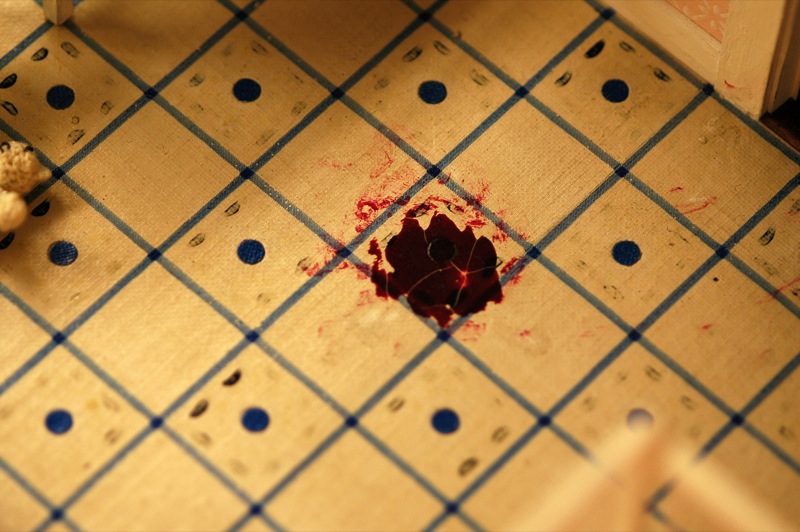
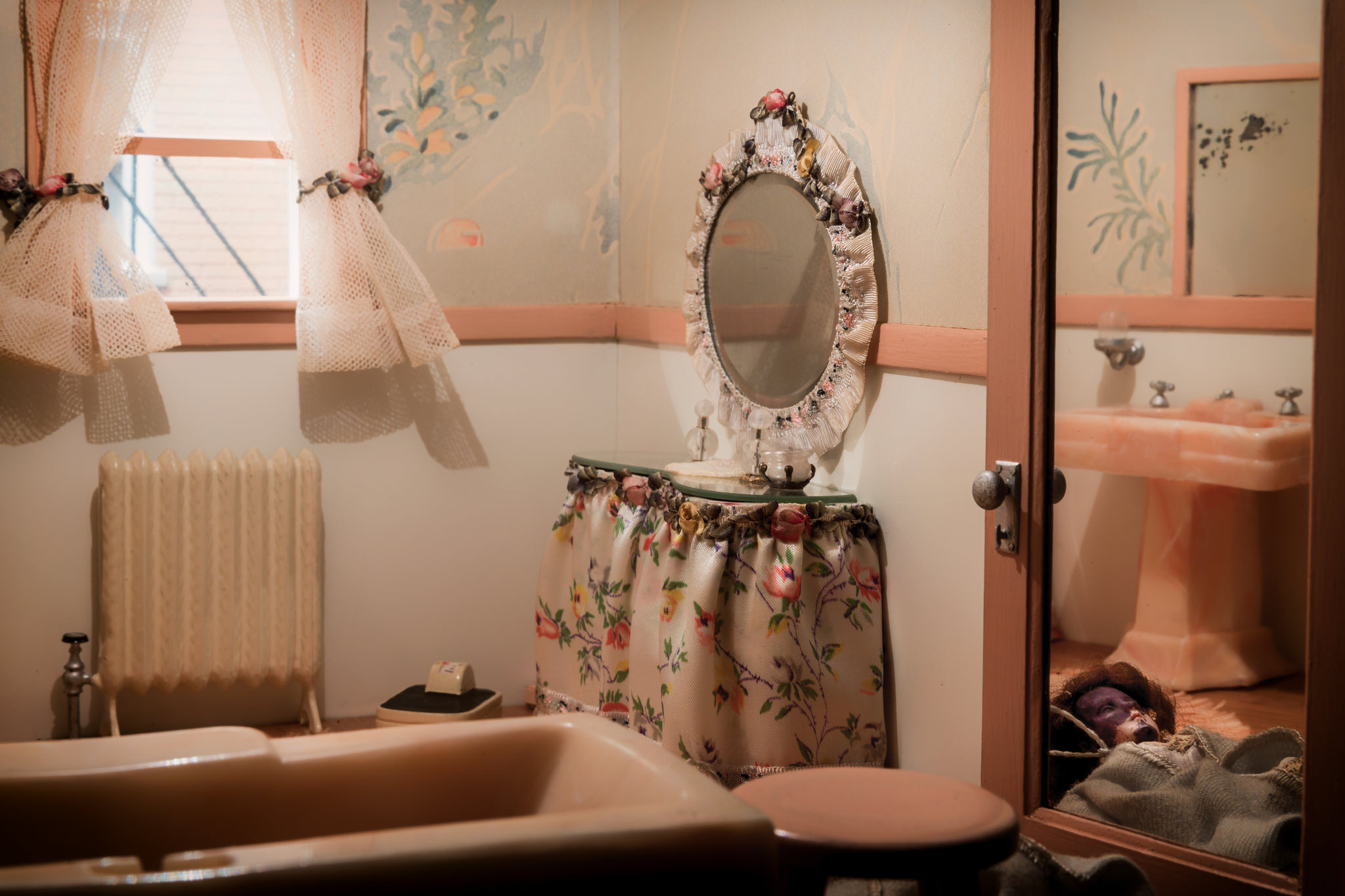
The dollhouses were filled with clues and mousetraps, and the doll corpses extremely detailed, often depicted with discoloration or bloating, often observed by Lee during real-life autopsies.
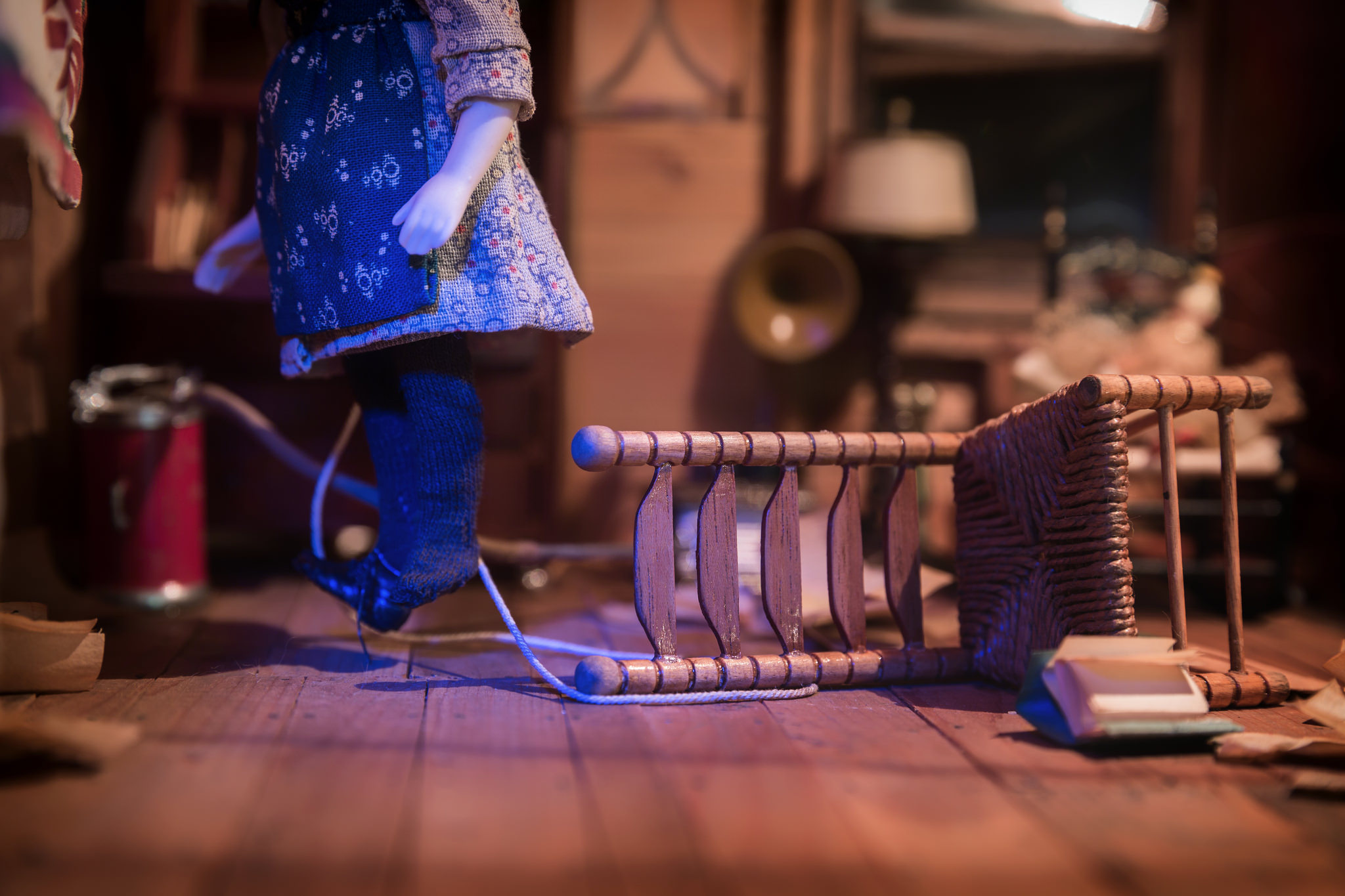
An apparent suicide comes into question when one of the victim’s shoes can be discovered around the corner of the diaroma. Another victim shows tiny bite marks on her neck and chest.
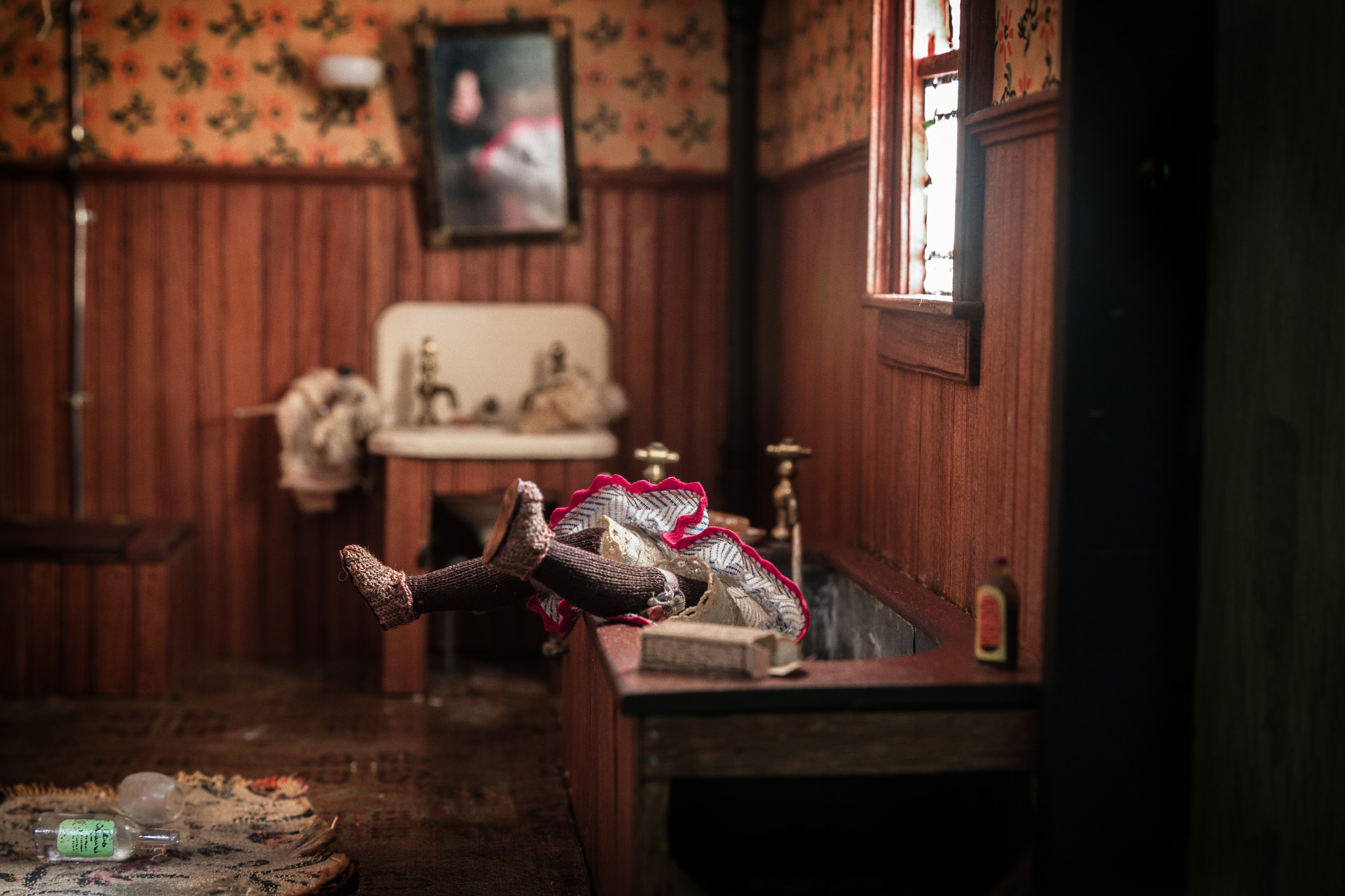
Far removed from a little girl’s make-believe world, dolls commonly represented real-life victims of domestic violence and prostitution– on a 1:12 scale.
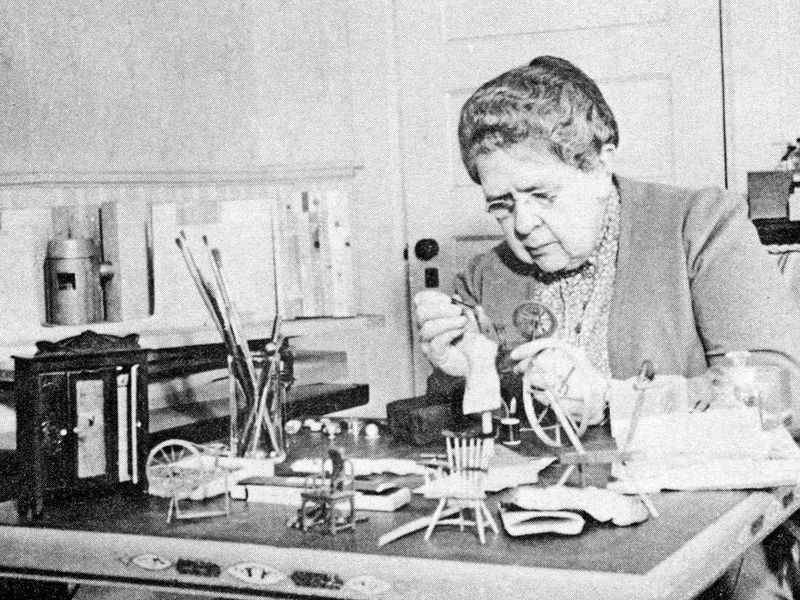
Frances Glessner Lee was not your average forensic science enthusiast. Daughter of a wealthy Chicago industrialist, she was educated at home, prohibited from attending college, while her brother went off to Harvard. When he brought home a classmate who studied medicine, specialising in death investigation at Harvard, it sparked Lee’s early curiosity in forensic pathology.
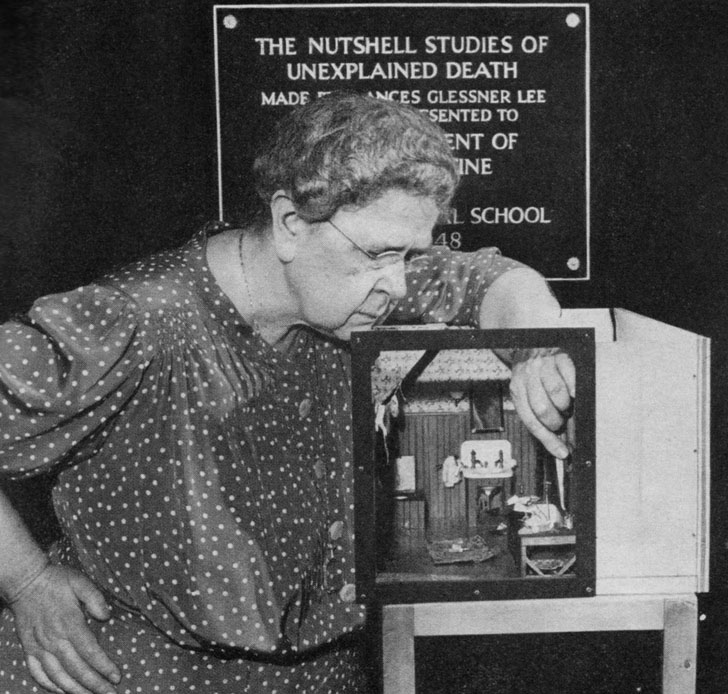
Dissuaded from pursuing her new interest, she spent most of her life playing the role of a Chicagoan socialite, marrying and divorcing a wealthy lawyer, before inheriting the family fortune at the age of 52 following the death of her brother. With her new found freedom, she used her inheritance to endow the Harvard Department of Legal Medicine, the first in the country, as well as the the Harvard Associates in Police Science, a national organization for the furtherance of forensic science.
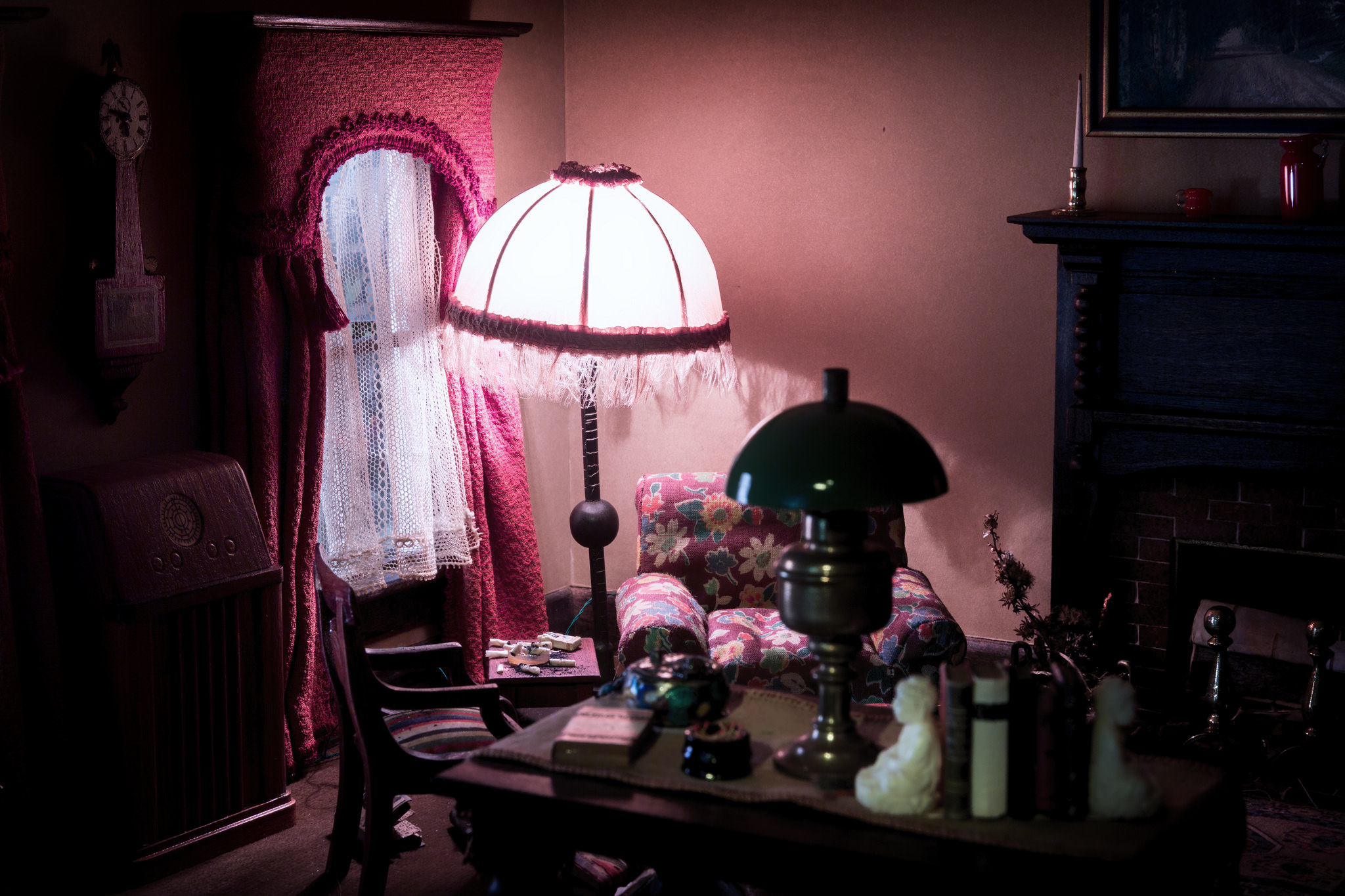
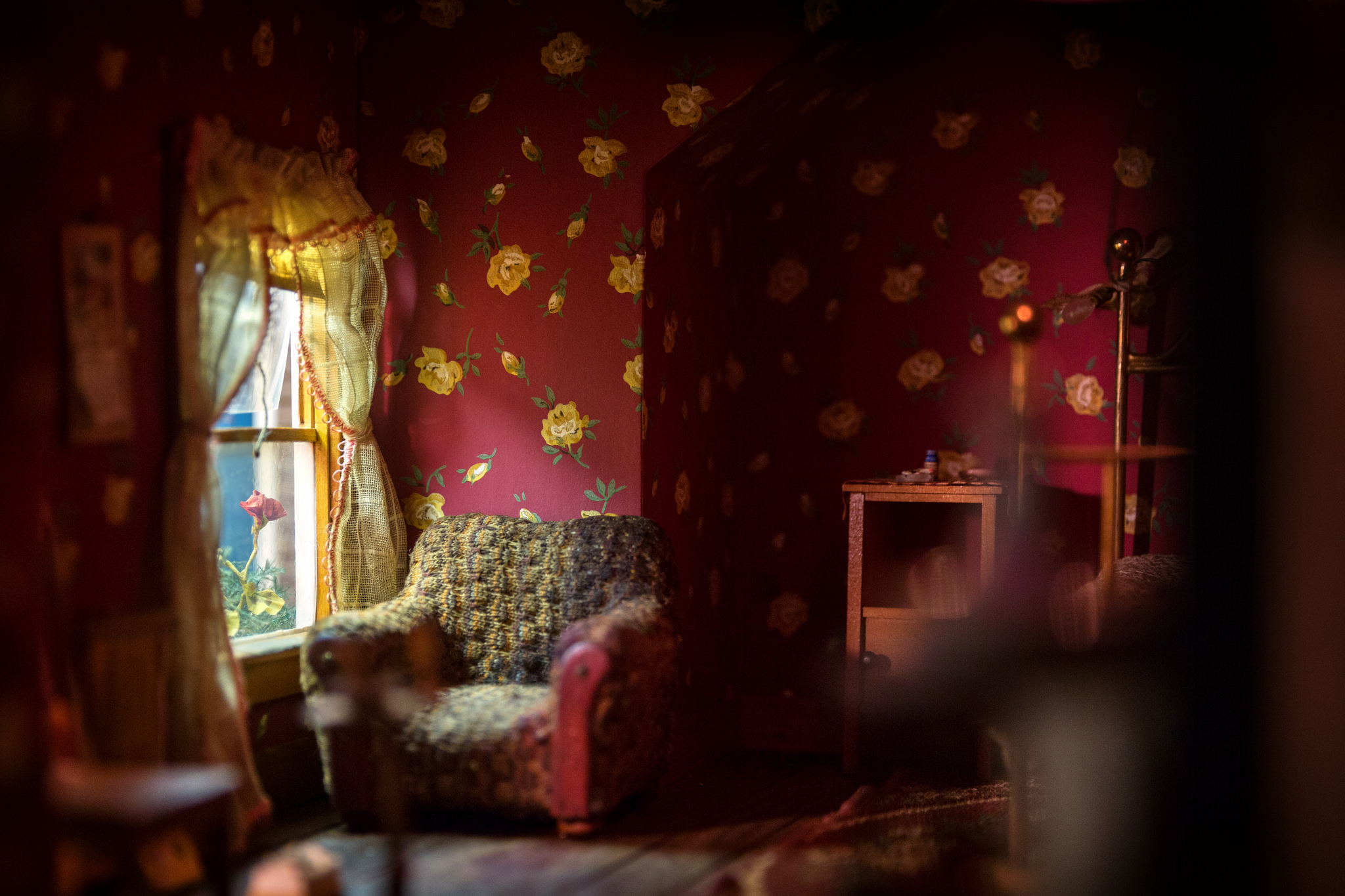
Perhaps inspired by the perfectionism of her father, an avid collector of fine furniture, her crime scene dollhouses cost up to $4,500 to create, also funded by her inheritance. When students finished their week-long seminars at the Nutshell Studies of Unexplained Death, they were treated to a banquet at the Ritz Carlton, courtesy of Miss Lee.
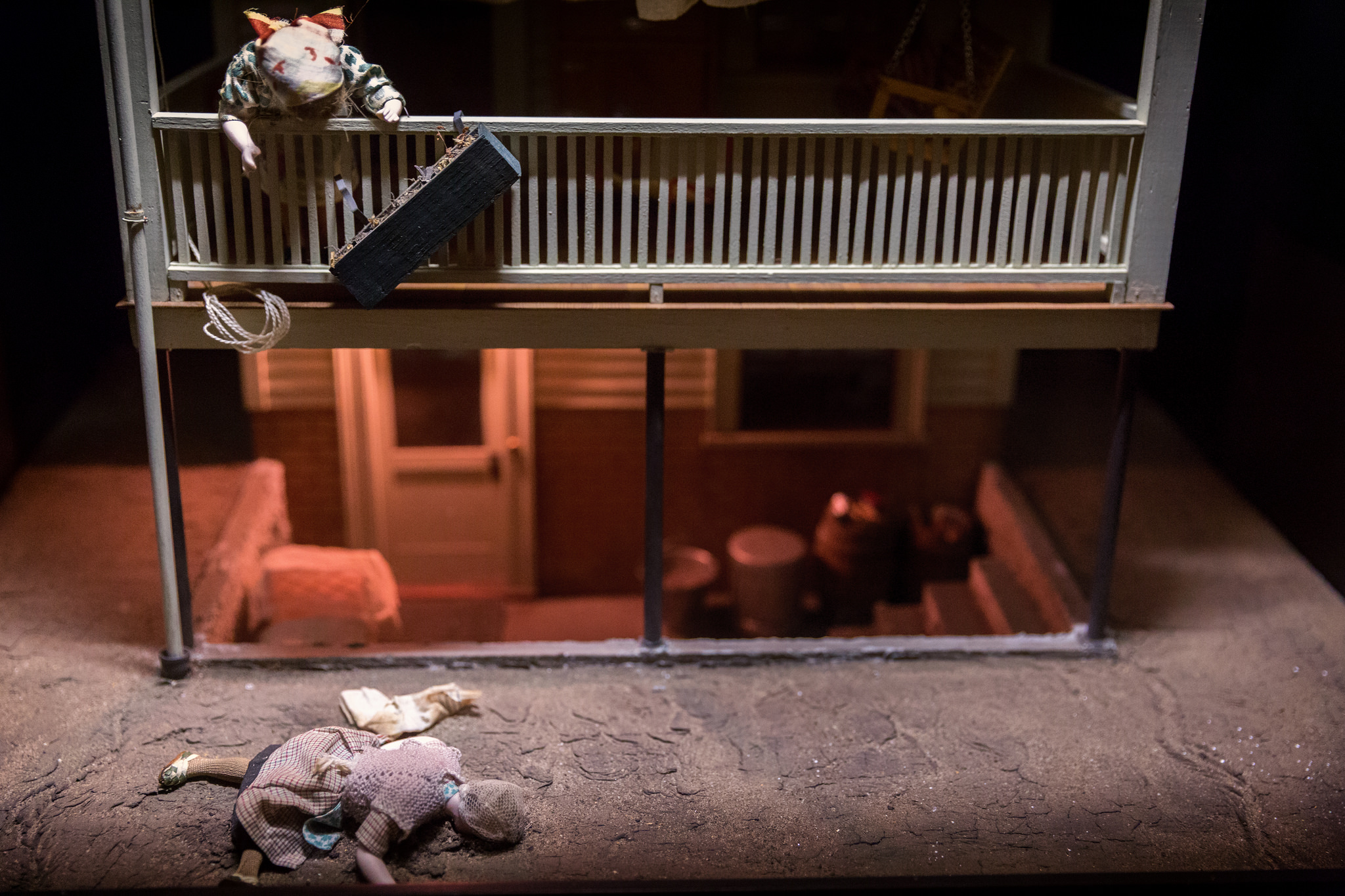
After her own (non-violent) death of old age in 1966, the Nutshell department was closed and permanently loaned to the Maryland Medical Examiner’s Office in Baltimore, Maryland, U.S. where they are still used for training purposes by Harvard Associates in Police Science enrolled in the Frances Glessner Lee Homicide School. For this reason, the Nutshell Studies, tiny crime scene have sat virtually undisturbed for some 80 years, are not open to the public.
